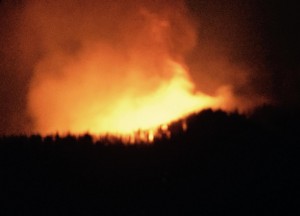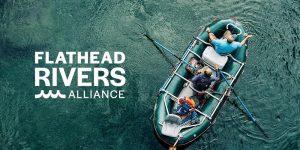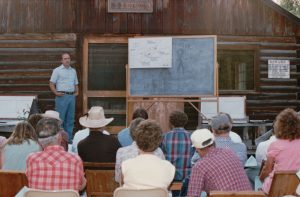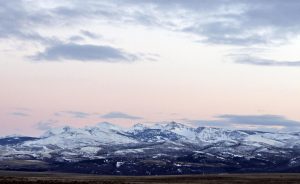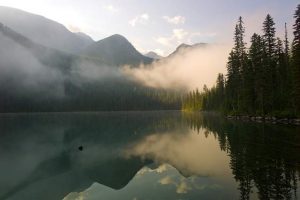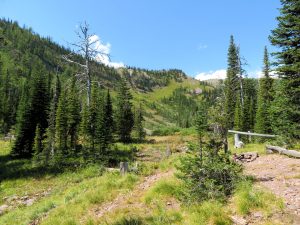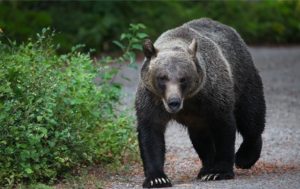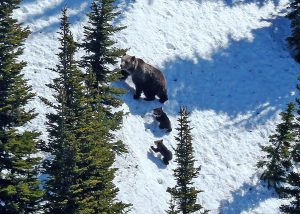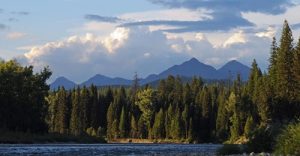Heads up! It is Forest Service special use permit time again. Some of you may recall the kerfuffle over this last year, particularly when it came to guided ATV tours. There are a few more requests this year. There is a May 12 deadline for responses.
View/download the official press release.
Details on the various projects and information on how to submit concerns can be found at: https://www.fs.usda.gov/detailfull/flathead/passes-permits/event-commercial/?cid=fseprd903970&width=full
Here is an extract from a very useful note sent by Rob Davies, Hungry Horse/Glacier View District Ranger, that provides more focus on the projects affecting the North Fork . . .
This is a fairly large list of proposals for this summer. We are at the start of an open public comment period. Comment period closes May 12th. No decisions have been made at this point and we are seeking comments and concerns. This is being released to the local media today. Maps and descriptions have been posted on our web site.
The proposed Recreation Events and proposed guiding that would affect the North Fork area are:
Adventure Cycling Tours
Bike Adventure Bike tours
MT Academy
Pancake Ride bicycle event
Spotted Dog Guided bike tours
Snow Bike Nation (e-bikes)
Whitefish Shuttle
Other than potential e-bike guiding on open FS motorized roads, and van shuttles (Whitefish Shuttle) delivering people to trail heads or just providing van tours, there are no motorized activities proposed such as UTV/ATV guiding in the North Fork.
Thank you for your interest and please respond through the official process outlined on our web site if you have concerns.
Thanks
Rob
